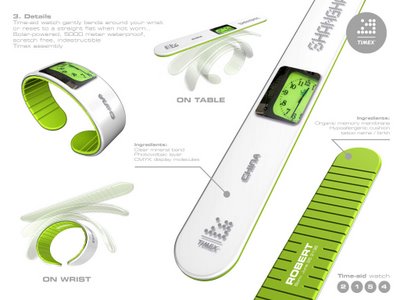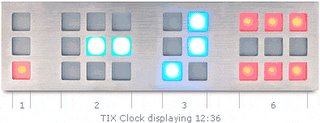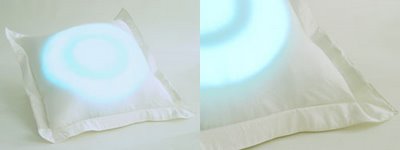If you’re new here, you may want to subscribe to my RSS feed to receive the latest Architectradure’s articles in your reader or via email. Thanks for visiting!
Liff (lif) n. A common object or experience for which no word yet exists
The Deeper Meaning of Liff: A Dictionary of Things There Aren’t Any Words for Yet — But There Ought to Be By Douglas Adams, John Lloyd and Bert Kitchen
Peoria (n.): the fear of peeling too few potatoes
Some more:
Abinger (n.): Person who washes up everything except the frying pan, the cheese grater and the saucepan which the chocolate sauce has been made in.
Berrilillock (n.) An unknown workmate who writes “All the best” on your leaving card.
Bodmin (n.) The discrepancy between the amount pooled and the amount needed when a large group of people try to pay a bill together after a meal.
Grimbister (n.) Large body of cars on a motorway all travelling at exactly the speed limit because one of them is a police car.
Noak Hoak (n.) A driver who indicates left and then turns right.
Scrabster (n.) One of those dogs which has it off on your leg during tea.
Shoeburyness (abs.n.)The vague uncomfortable feeling you get when sitting on a seat which is still warm from somebody else’s bottom.
Skoonspruit (n.) The tiny garden-sprinkler thing your mouth does sometimes for no apparent reason.
By Cati in personal addiction











